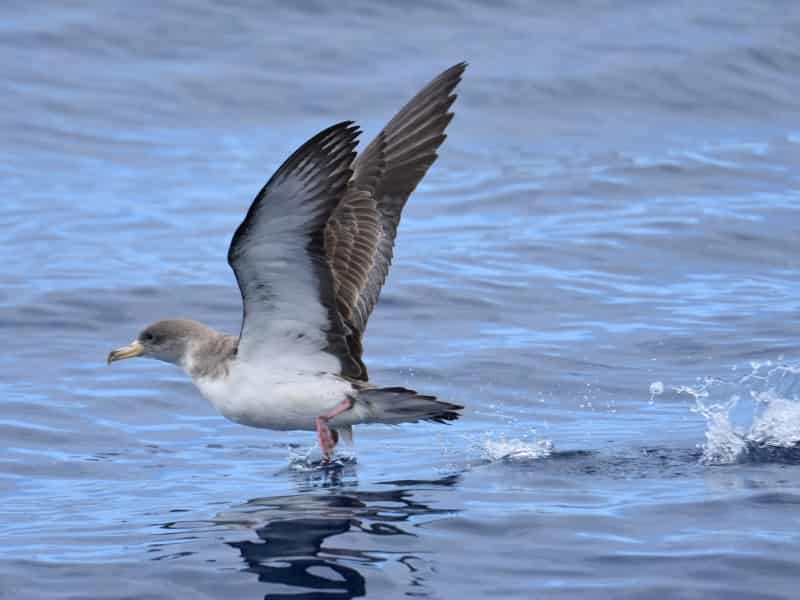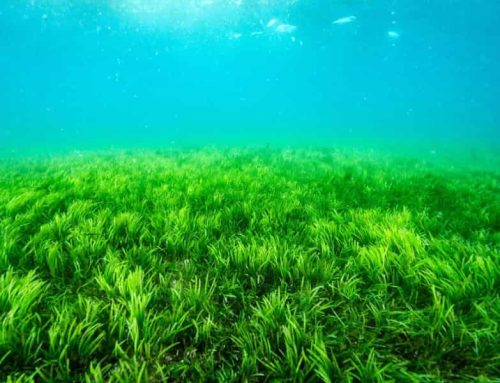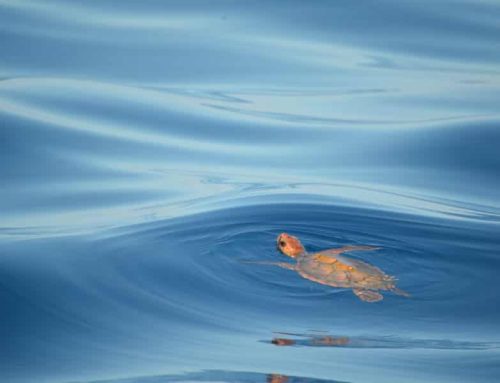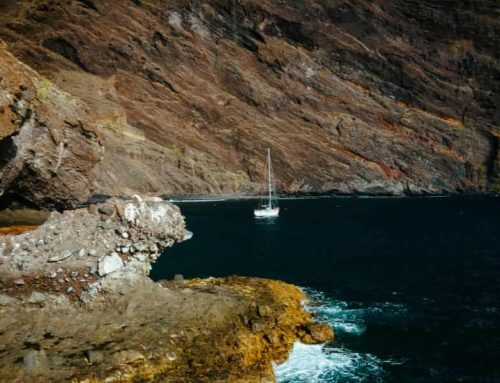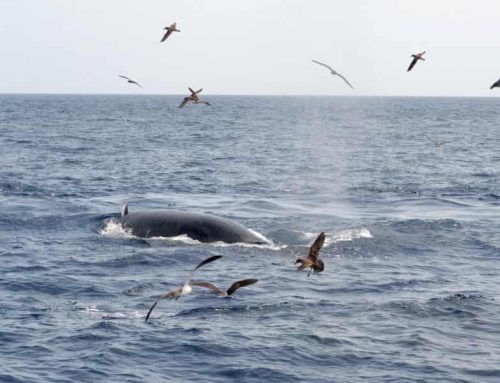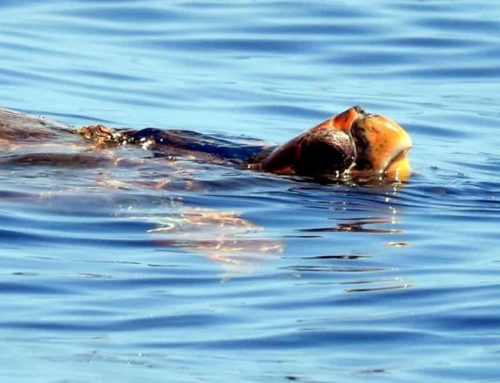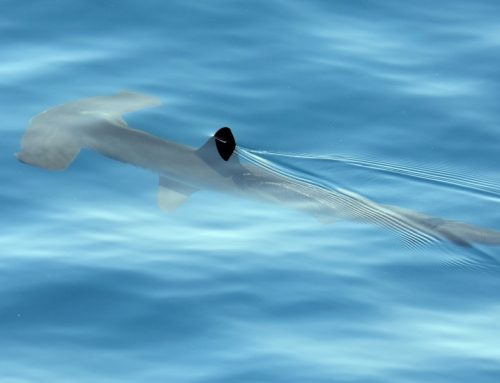The Cory’s shearwater and the legend of the sirens
Committed to all quality standards.
The Cory’s Shearwater flies for hours without rest and can stay in the sea for weeks, even months.
The Cory’s shearwater (Calonecrtris diadomea) is one of the most extraordinary birds of the Macaronesian and Mediterranean archipelago.
It lives in the ocean and settles on land to find a place to nest and feed its young, so it can behave as both a pelagic and a migratory species. They place their nests on islets and coastal cliffs, often inside caves. After the breeding season, the shearwater migrates from the Canary Islands to the west Atlantic coast.
Seabirds have numerous adaptations to live in their environment. The Cory’s shearwater has saline glands, or salt glands; an organ that allows excreting excess salt from seawater and crustaceans. Salt glands are located next to the nostrils and intermittently excrete salt. In other words, it’s like they’re emitting salty sneezes.
Following our navigation route, during the excursion, we can find the Cory’s shearwater in the protected area identified as the Guaza Mountain Natural Monument, particularly in the Marine Cliff.
How can I identify the Cory’s Shearwater?
The Tenerife Shearwater
To identify it, it is necessary to know that it is a bird with a wingspan of 120-125 cm and a length of 45-56 cm. It presents a grayish brown color on the upper part and white on the ventral area, ending dark on the edges of the wings. The bill is yellow, with a black spot at the end.
Although silent in the open sea, Cory’s Shearwaters become excessively noisy in the presence of young, near rocks and nests, making sinister and disconcerting sounds.
The myth of the Cory’s shearwater and the sirens – Mermaid Tenerife
This peculiar characteristic has fueled the fantasies of the ancient Greeks, along with expert navigators and lovers of the sea.
According to Greek traditions, the sirens were marine figures, with the face and torso of a woman, and the body of a bird. Only from the middle age will they acquire the common image that associates them with beings half fish and half women. In any case, they have always been credited with an irresistible melodious voice with which they fatally attracted sailors. Later, in the Argonautics, the sirens began to be considered divinities from beyond, who sang for the blessed and the heroes who arrived at the Fortunate Islands (Canary Islands).
Perhaps, these songs that fascinate and horrify sailors turn out to be from the shearwaters that, near their nests on rocks and cliffs, only want to protect their young.


